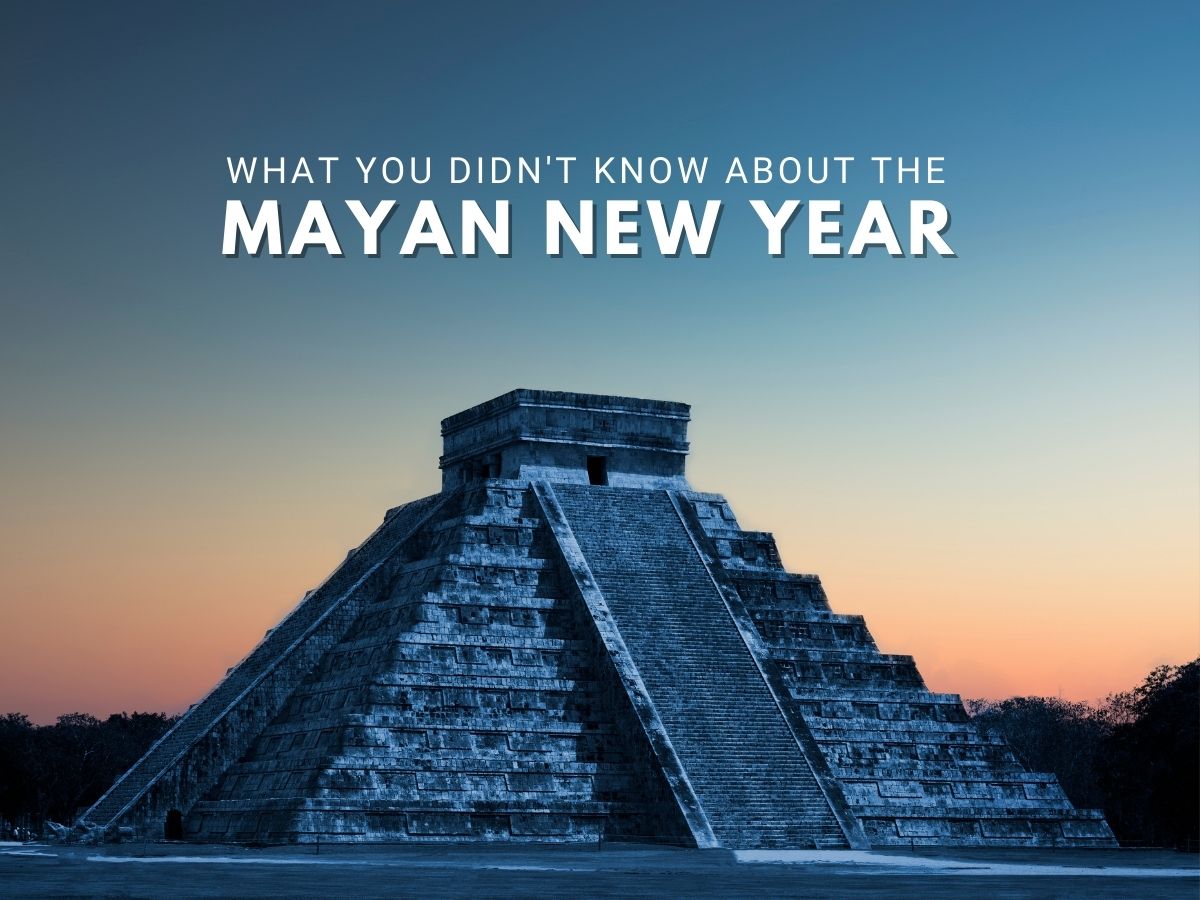This ancient Mayan settlement, which flourished in the ninth and tenth centuries, in Mexico’s Yucatan Peninsula is one of the world’s seven wonders, and one of the oldest mesoamerican civilizations left. This Mayan site was heavily influenced by the Toltecs, and several important monuments and temples were built there, being “El Castillo” a 79 feet tall stepped pyramid. This huge step pyramid in the city’s core was constructed as a shrine to the god Kukulkan. During the spring and summer equinoxes, the afternoon sun throws triangular shadows that appear to be a feathered serpent sliding down the surface of the pyramid’s north staircase toward the snake headstone at the foot.
The temple of Kukulkan has been the main center of Chichen Itza since the ancient era, attracting many historians due to its spectacular structure, which shows the Mayans’ immense grasp of mathematics, geometry, acoustics, and most importantly because of their astronomical knowledge, which lead to the creation of their own calendar.
The Mayan had very complex and interlocking calendar systems that were as accurate as today’s calendars. The Maya recorded time using primarily three interconnected calendars: the tzolk’in (260-day count), the Haab (365-day count), and the long count. Most Maya dates were expressed as a combination of the tzolk’in and haab, which is known as the calendar round. So, if you love culture, hop on an unforgettable vacation and join us on our Chichen Itza tour while embracing the Mayan culture.
The Origin of The Mayan Calendar New Year
It is well known that the Mayans were passionate astronomers who, in a highly disciplined manner, traced the movement of the stars to the calendar and typified the importance of events that occurred on Earth, in complete synchronicity with what was happening in the sky. The Mayan astronomers established that, unlike the Gregorian calendar that governs our cycles and that we received from Roman culture, the cycle of the year did not begin in January according to the Mayan calendar “Haab,” which punctually follows the cycle of the earth in relation to the sun.
Unlike the Gregorian calendar that controls our cycles and that we inherited from Roman culture, the Mayans calculated time by calculating up to 18 cycles linked by the movements of our system’s principal luminaries (Moon and Sun), as well as Venus’s planetary trajectories, according to the Mayan calendar “Haab,” which punctually follows the cycle of the earth in relation to the sun.
According to this theory, a new cycle began on July 26 of each year and a new personality would define the new year and be represented by its own symbol. Even though the 26th is a highly significant day for this ancestral culture, the Maya used to give gratitude and take some time to consider the victories, accomplishments, and most importantly, the lessons learned throughout the previous cycle on the 25th (The Day Out Of Time).
Mayan New Year Celebrations
The Riviera Maya hosts unique and culturally significant celebrations like New Year’s and the Festival of Life and Death, but on July 26th every year, hundreds of people congregate around historical monuments or designated spots to carry out the custom of lighting the “Sacred Fire.”
Ancestor ceremonies, music, and dancing open the celebration. The Mayan priest then calls asking for blessing from the spirits of the mountains and winds by blowing on a conch shell. In order to fuel the “grandfather fire,” the guests are now requested to throw any offerings they brought to the ritual—flowers, candles, honey, copal, etc.—into the sacred blaze.
To show appreciation for Mother Earth’s loving compassion and to create a relationship between the human race and the Sacred Mother, this spectacular ceremony is always held in her honor. Participants in this ceremony make a commitment to preserve the world’s natural resources, including the ocean, rivers, cenotes, lagoons, and the creatures that inhabit them.
If you’re intrigued and would like to visit this astonishing place, follow us on Instagram and check out all of our Mayan ruins tours.

